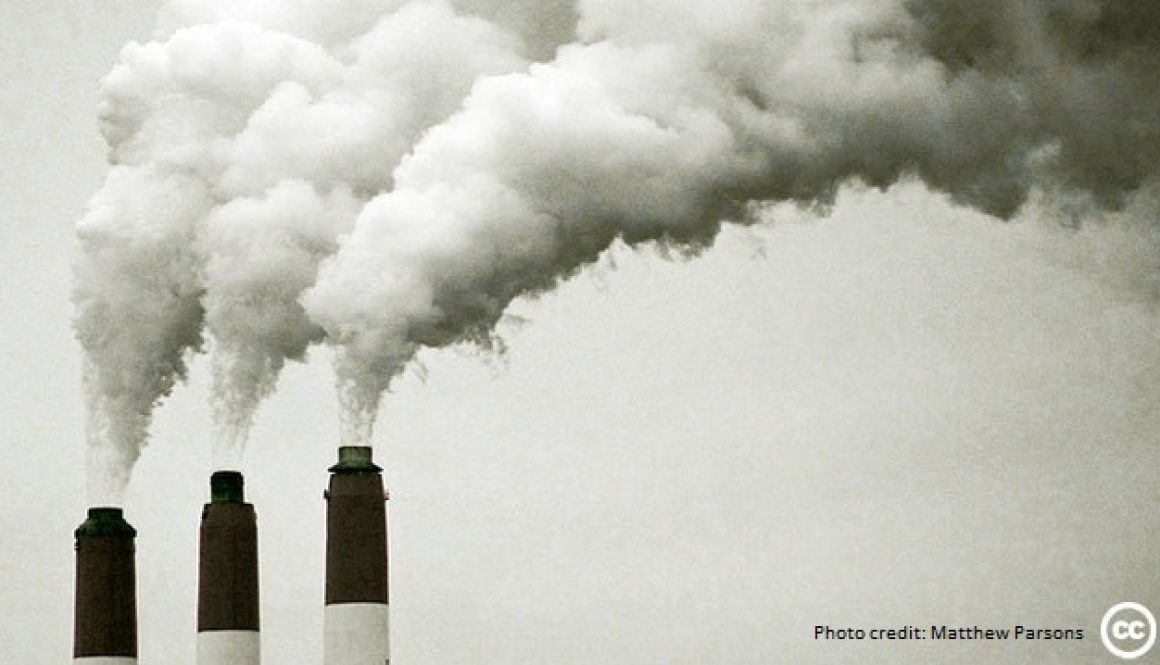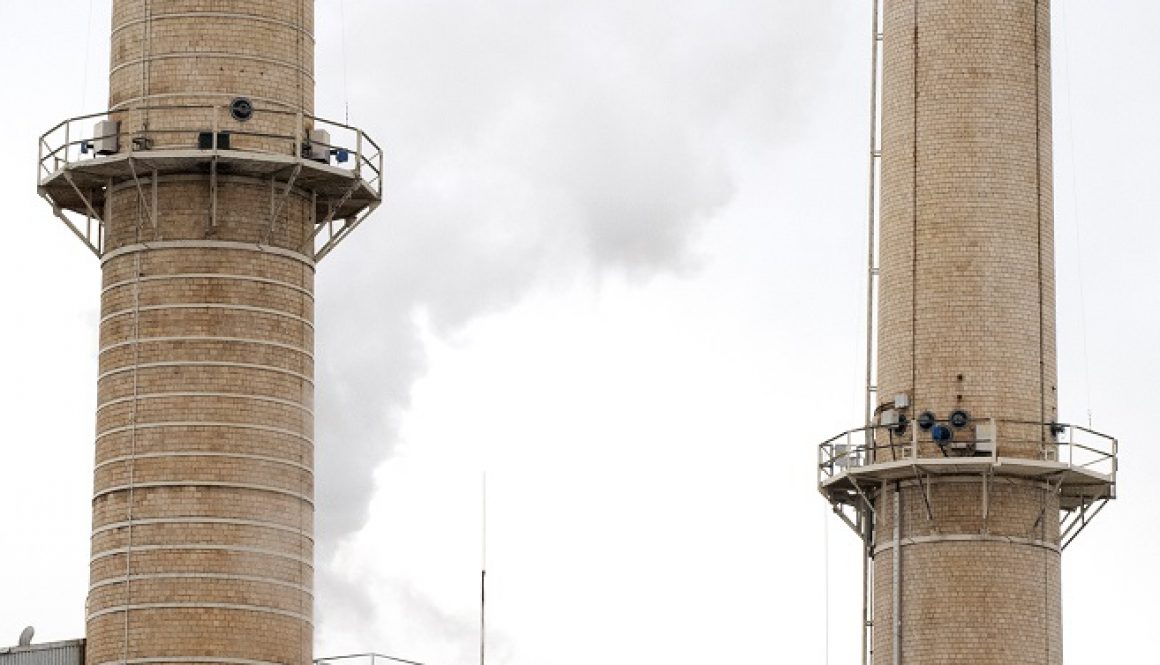A week before the U.S. Environmental Protection Agency (EPA) released its new greenhouse gas emission rule for existing power plants, the U.S. Chamber of Commerce released a report attempting to pre-empt it, relying on a number of assumptions that turned out to be inaccurate – then interpreting its findings with strong doses of hyperbole.
We rounded up the best responses to the Chamber as it tried to block progress in this historic moment for taking action on climate change.
1. Even before it came out that the Chamber overestimated how ambitious the EPA rules would be, the New York Times’ Paul Krugman noted that the Chamber report actually proved that the cost of action is small.
“So the Chamber is telling us that we can achieve major reductions in greenhouse gases at a cost of 0.2 percent of GDP,” he wrote in a blog post. “That’s cheap!”
“You might ask why the Chamber of Commerce is so fiercely opposed to action against global warming, if the cost of action is so small,” he wrote in an op-ed the next day. “The answer, of course, is that the chamber is serving special interests, notably the coal industry — what’s good for America isn’t good for the Koch brothers, and vice versa — and also catering to the ever more powerful anti-science sentiments of the Republican Party.”
2. At New York magazine, Jonathan Chait noticed the same. In his piece “Business Lobby Tries to Frighten America About Clean Energy, Fails Utterly,” he explains how the Chamber fudged numbers and still managed to show that “we hardly have anything to fear.”
Absurdities litter the Chamber’s report, which Chait writes is “generated as attack-ad fodder.” The Chamber predicted yearly increase in energy demand through 2030 will be double what it’s been since 2000. (The increase in demand has held steady at 0.7 percent per year since 2000; the Chamber predicts 1.4 percent per year, while the U.S. Energy Information Administration predicts 0.9 percent through 2040). It assumed the EPA would call for a 42 percent reduction by 2030, though the administration has suggested a range of less ambitious targets over the last few years (and ended up this week calling for a 30 percent reduction by 2030). It predicts costs of energy 15 years out, not taking into account how technologies adapt and develop to meet requirements like these. And, Chait writes, “the study’s bad faith is made abundantly clear in its conclusion,” in which the Chamber pretends that the U.S. would be alone in reducing its emissions, ignoring the geopolitical reality that no other major country will act until we do. (Indeed, the day after the EPA proposal came out China began to make noises about following suit.)
3. The EPA, too, gave an unusually strong rebuttal to the Chamber as soon as the Chamber’s report came out, using descriptors like “unfounded” and “irresponsible speculation,” and saying, “the Chamber is using the same tired play from the same special interest playbook that is engineered to continue polluting and stall progress.”
The EPA’s blog post details two major areas in which the Chamber overestimates the costs of a proposal it hadn’t yet seen. One is that it assumed states would be required to build new natural gas power plants with carbon capture and sequestration (CCS) technology, and made that three-fourths of its cost estimate – but the EPA has indicated frequently that CCS would not be considered for existing power plants. The piece also noted that the Chamber made no mention of the huge costs of climate change that the EPA proposal attempts to avert – in 2012, for example, the U.S. had its second costliest year of natural disasters ever.
4. In “Chamber of Commerce Blasts EPA Rule That Doesn’t Exist,” ThinkProgress noted another benefit conveniently ignored by the Chamber (despite the ostentatious banners that drape its building): jobs.
The Chamber predicts a loss of 224,000 jobs by2030 due to the rule – which is about how many jobs the U.S. adds every couple months. Also, as the article notes: “The Chamber fails to account for jobs that would be created building wind turbines, solar panels, and other sources of renewable power,” said David Hawkins, NRDC’s director of climate programs. The Chamber also left out “the jobs to be created making our homes and businesses more efficient; and the jobs of cleaning up our dirty power plants.”
5. Given how thoroughly the Chamber has been delegitimized on this issue, it may not be entirely surprising that a number of major companies are distancing themselves from the Chamber’s opinion on it. Josh Israel of ThinkProgress reported that companies including Intel, UPS, Verizon, Coca-Cola, 3M, Lockheed Martin, MGM Resorts and Prudential ranged from supporting the EPA’s plan to saying they had no position on it or that the Chamber did not speak for them.
The article noted that a number of major utilities have said much more forward-thinking things about clean energy than the Chamber has (Ben Adler at Grist reported the same). It quoted me saying, “It’s another case of the Chamber not doing what’s best for the economy or the American people and not representing the full range of businesses in the economy.”
While the Chamber has been roundly criticized for its falsehoods and fear-mongering, the criticism alone may not be enough to keep it from moving the final EPA rule closer toward the coal industry’s goals. As Glenn Kessler of The Washington Post wrote, Republican lawmakers are using the Chamber’s hyperbolic findings despite their widespread debunking – he gives their use of the talking points four out of four Pinocchios. And the Chamber is following up, planning an ad buy in six to eight states, putting its misleading report on repeat. Other conservative groups will be mobilizing members to call their politicians about the issue, using “a bunch of doom-and-gloom price-hike figures,” as our Tyson Slocum says.
With the Chamber representing Big Coal and seeing truth as no obstacle, those of us who want a livable planet for current and future generations have our work cut out for us.
Sam Jewler is the communications officer for Public Citizen’s Chamber Watch program.



